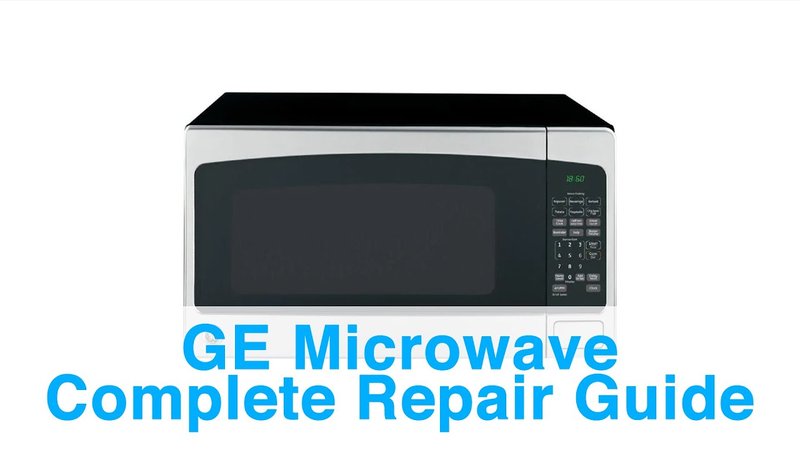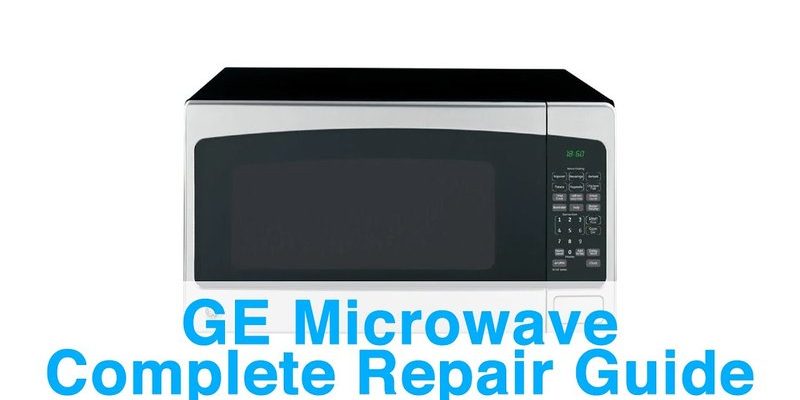
First things first, why do microwaves even have error codes? Well, think of these codes like your car’s check engine light. They’re a signal from your microwave saying, “Hey, something here needs your attention!” The E3 error code is one such signal. It’s a common issue among GE microwaves indicating that there’s a problem with the microwave’s sensor. Now, before you panic, remember that while this might sound technical, it’s often a problem that can be addressed with a little patience and some know-how. People often jump to conclusions when they see an error code, but many minor issues can be fixed with a little troubleshooting. So, is resetting your GE microwave the magic wand you need? Let’s dive deeper to find out.
Understanding the E3 Error Code
Ah, the infamous E3 error code. It might sound cryptic, but it’s really just your microwave’s way of saying something’s off with the sensor. Think of the sensor like a tiny guardian keeping tabs on how your microwave cooks. It ensures that your food is evenly heated and prevents any cooking mishaps. When the E3 code pops up, it’s hinting that this guardian isn’t doing its job correctly.
So, why does this happen? Well, the E3 error often arises when there’s an issue with the humidity or moisture sensor. This sensor plays a crucial role in microwaves, especially when you’re using features that require precise temperature control, like defrosting or reheating. Imagine trying to bake cookies in an oven without knowing the temperature—it might result in a burnt mess. Similarly, when the sensor malfunctions or reads incorrect data, it can throw off your cooking results and trigger the E3 alert.
You might be wondering, “What’s causing my sensor to act up?” Sometimes, the sensor could simply be dirty or blocked, or there might be a temporary glitch in the system. It could also be due to more complex issues like a faulty wiring connection. In any case, understanding the underlying cause of the E3 code is essential before jumping to conclusions or attempting a fix.
Can Resetting Solve the E3 Issue?
Here’s the deal: resetting your GE microwave can sometimes clear the E3 error code, but it’s not a catch-all solution. Think of a reset like rebooting your smartphone when a particular app crashes. It gives the system a fresh start and can resolve minor glitches or temporary hiccups. In the case of the E3 code, if the issue was caused by a one-time glitch or a minor sensor miscommunication, a reset might do the trick.
To reset, unplug your microwave from the outlet and leave it off for a few minutes—around two to five should do. This downtime allows the microwave’s internal memory to clear and reset. After that, plug the microwave back in and see if the E3 code has disappeared. If the code vanishes and your microwave returns to normal, congratulations! The reset was effective.
However, if the error persists, resetting might not be enough. At this point, it’s time to consider other possibilities, such as cleaning the sensor or seeking professional help. Resetting is a good first step, but always keep in mind it’s not a guaranteed fix for all sensor issues, especially if there’s a deeper mechanical problem at play.
Troubleshooting and Alternatives
If resetting didn’t solve the problem, don’t throw in the towel just yet. The next step is to inspect the sensor itself. Over time, gunk or residue can accumulate on the sensor, especially from spills or frequent use. This can interfere with its ability to accurately read moisture levels. Gently clean the sensor with a damp cloth and see if that resolves the error. Think of it like cleaning your glasses when they’re smudged—a simple wipe can restore clarity.
Sometimes, your microwave might be having issues unrelated to the sensor, like power fluctuations or loose connections. Check the power cord and ensure it’s firmly attached. Also, consider if there’s been a recent power outage or surge that could have affected your microwave’s operation.
If none of these steps work, it might be time to call in the experts. Contact GE customer service or a professional repair technician. They’ll have the tools and expertise to diagnose the problem accurately. While it’s tempting to try and fix everything on your own, some issues require a trained eye, especially when it comes to electrical and hardware components.
Preventing Future Error Codes
Nobody wants to deal with pesky error codes repeatedly, so let’s talk prevention. Regular maintenance can do wonders for your microwave’s longevity and performance. For starters, make it a habit to clean your microwave regularly. Wiping down the interior after use will help prevent residue from building up on the sensors or other components.
Ensure that your microwave is placed on a stable surface and that it’s not cramped in a space with poor ventilation. Overheating can cause sensor issues and shorten the lifespan of your appliance. Just as you wouldn’t block an air vent in your car, ensuring your microwave has room to breathe is crucial for its health.
Lastly, familiarize yourself with the owner’s manual. It might seem like extra homework, but it contains valuable information about maintaining your specific model. You’ll find tips, troubleshooting advice, and contact information for support. Being proactive and knowledgeable about your appliance will save you time and headaches in the long run.
So, there you have it! While the E3 error code might seem daunting at first, with a little patience and the right approach, you can tackle it effectively. And remember, if in doubt, don’t hesitate to reach out for professional assistance.
